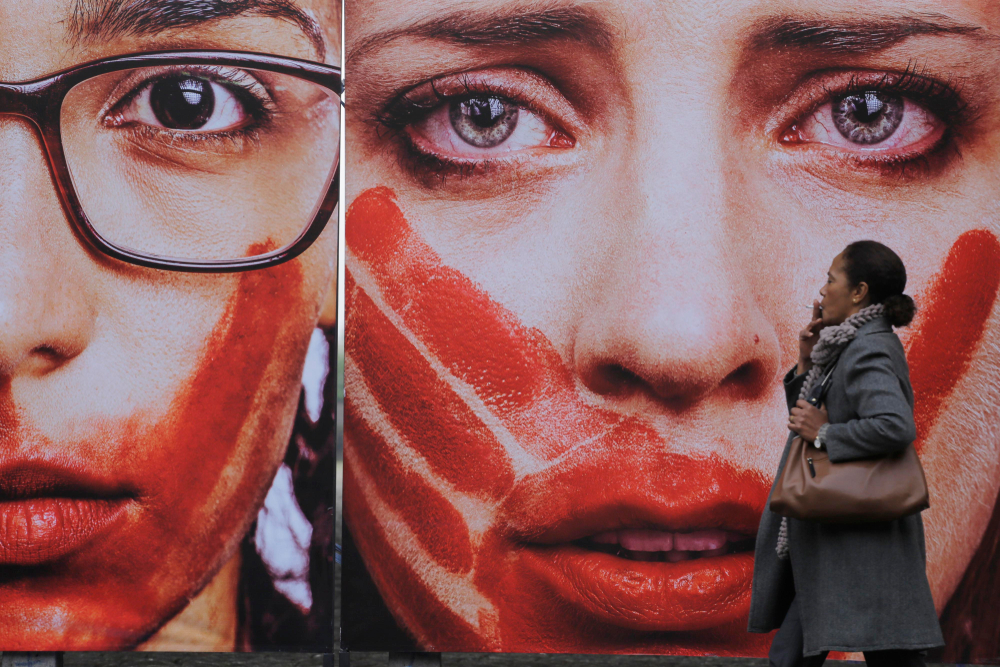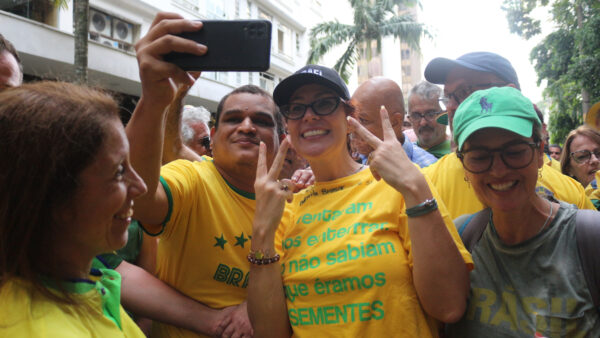In 1983, decades before the #MeToo movement, Marco Antônio Heredia Viveros made two attempts to kill his wife, Maria da Penha. Using a gun, his first attack left Ms. da Penha paraplegic. Afterwards, Mr. Viveros electrocuted and attempted to drown her, though he was unsuccessful. After facing domestic abuse for 23 years, Ms. da Penha reported her husband to the police, and her case inspired the 2006 “Maria da Penha Law,” sanctioned by then-President Luiz Inácio Lula da Silva, imposing stricter punishments for violent acts against women.
In 2015, then-President Dilma Rousseff approved the “Femicide Law,” which classed the killing of women on account of their gender as a heinous crime.
President Jair Bolsonaro has been an extremely controversial figure when it comes to women’s rights. In one of his infamous brawls, he told congresswoman Maria do Rosário that she wasn’t “worth raping.” On April 2017, Mr. Bolsonaro said that his last child was born a girl because he had a moment of “weakness.” Nonetheless, the President approved a law in May that allowed police to impose urgent protective measures for victims of domestic abuse.
Despite the government’s attempts at mitigating abuse, violence against women is still soaring in Brazil. Women account for 67 percent of the country’s victims of aggression. Additionally,...


 Search
Search






































